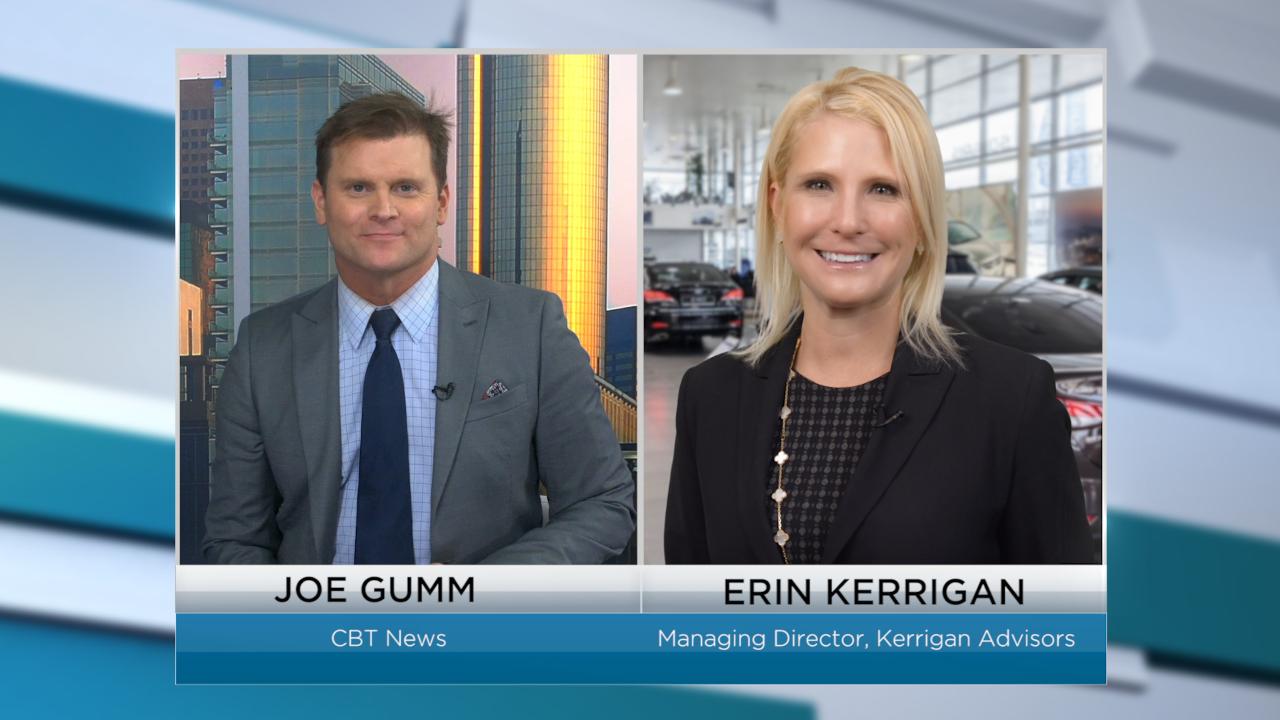Joe Gumm of CBT News sits down with Erin Kerrigan, Managing Director of Kerrigan Advisors to discuss November’s Kerrigan Index, which provides a special insight into the dynamics affecting the auto retail industry.
The Kerrigan Index is Down for 2017
The Kerrigan Index was down slightly last month by 1.4 percent and that was disappointing relative to the S&P 500, which was up 2.8 percent for the month. For the year, The Kerrigan Index is up almost 3 percent. However, the S&P is up about 18 percent. So, it is lagging the S&P this year and last month.
Increase in Buyers and Sellers
“At the beginning of the year, some were concerned that the buy-sell market might be slowing a bit. In fact, it had remained at the same level, at the high levels we’ve seen in the last three years. We’ve had 149 transactions completed in the first nine months, and we believe we’ll be at about 200 for the full year,” says Kerrigan.
Increase in Auto Dealership Group US Acquisitions
Kerrigan says, the Public Auto Dealership Group has increased its acquisition activity. “In 2016 there were $661 million in transactions for the full year, and just in the first nine months of 2017, there were $812 million in transactions. We expect public acquisitions to be closer to a billion dollars in transactions by the end of this year with Lithia, Motors, Inc. making the most acquisitions this year followed by Penske Automotive Group. This shows a real rebound from prior years.”
Also, Wall Street has the incentive to invest in these companies as they continue to grow their earnings through creative acquisitions.
Increase in Sellers
We are seeing more sellers coming to market to some degree driven by a concern about what might happen to the auto retail model in the future considering the potential destruction to the dealership business model with the changes that could come from autonomous vehicles, ride sharing or subscription models provided by the OEM.
So given that valuations are so high coming into the market, many are saying this is the time for us to consider a sale.
Increase in Domestic Franchise Demand
What we’ve found is that as we enter a higher interest rate environment, buyers are interested in the domestic franchises. Now, the domestic share of the buy-sell market is at 49 percent. It was just at 31 percent in 2015, so that is a real increase in market share.








